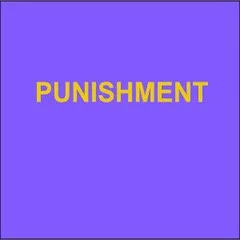By Christina Emilian, Noura Al-Juffali, Seena Fazel
Prison populations have been increasing worldwide. Previous studies suggest that there is a high burden of psychiatric morbidity in people in prison, but, to our knowledge, the last published meta-analysis of prevalence is more than a decade old. We aimed to describe the pooled prevalence of depression, psychosis, bipolar disorder, and schizophrenia spectrum disorders for people who are incarcerated. Methods In this updated systematic review and meta-analysis, we searched six databases and grey literature published from database inception until Aug 8, 2024, with no language or geographical restrictions. We included primary quantitative studies that reported the prevalence of depression and psychotic disorders in the unselected prison population, based their diagnoses on clinical examination or from interviews and by the use of validated diagnostic instruments, met standardised criteria of the ICD or the Diagnostic and Statistical Manual of Mental Disorders for the diagnoses, and provided pooled prevalences for psychosis in the previous 6 months and clinical depression in the previous 2 weeks to 1 month. We excluded studies that used selected samples or were only qualitative. We investigated bipolar and schizophrenia spectrum disorders as separate diagnostic subcategories. We synthesised studies using random-effects meta-analysis and explored heterogeneity with meta-regression and subgroup analyses. The protocol is registered with PROSPERO, CRD42022378568. Findings We identified 131 publications reporting the prevalence of mental illness in 58838 people in prison in 43 countries. We estimated that the prevalence of depression was 12·8% (95% CI 11·1–14·6) and for any psychosis was 4·1% (3·6–4·7). For diagnostic subcategories, we found that the prevalence of bipolar disorder was 1·7% (1·0–2·6) and schizophrenia spectrum disorders was 3·6% (1·3–7·1). Between-study heterogeneity was substantial for these estimates (I² 69–97%) with few explanations. However, subgroup analyses revealed that people in prison in lowincome and middle-income countries had higher prevalences for depression (16·7% [95% CI 13·6–20·0]) than in high-income countries (10·8% [9·0–13·0]), and that, for people with psychosis who are incarcerated, psychiatrists were less likely to diagnose (3·5% [2·8–4·3]) than were non-psychiatrists (4·7% [3·9–5·5]). Interpretation Our study indicates that the prevalence of severe mental illness in people who are incarcerated worldwide is considerable. Meeting the treatment needs of people in prison who have mental ill health remains an ongoing challenge for public mental health. More evidence on how to improve the assessment, treatment, and linkage to services on release, which will require more research-friendly prison services, is now needed.
Lancet Public Health 2025; 10:, pages 97–110






